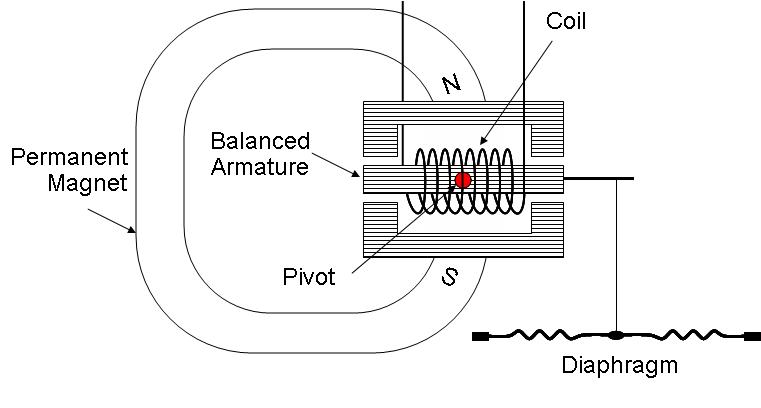Do Higher Impedance Headphones Sound Better?
Table of Contents
You’ve read how audiophiles are going for high impedance headphones for a better audio experience. Is it a myth or a claim grounded in science? Do higher impedance headphones sound better than low impedance ones?
For regular users, the topic of headphone impedance can be confusing. And you’ll need to be an electronics wizard and an audio expert to understand how impedance affects the headphone’s sound quality.
In this article, I’ll answer the question by taking you through the fundamental concepts of a headphone and how it’s affected by impedance.
What Is Impedance?
Impedance as listed in a headphone’s spec is a term used in electronics. It is similar to resistance, except that impedance consists of 3 different elements. Most people are familiar with resistance, which is measured in Ohm. Resistance is associated with a resistor in a DC circuit.
Meanwhile, impedance is dependent on resistance, capacitance, and inductance. Impedance is also measured in Ohm but is used in AC circuit analysis. The headphone is an AC circuit, which is why the term impedance is used.
Most consumer headphones are designed to have an impedance of 16 Ohm or 32 Ohm. Higher impedance headphones have an impedance rating that goes beyond 100 Ohm. For example, the Beyerdynamic DT990 Pro, which is available in the 250 Ohm and 600 Ohm versions.
Understanding Impedance In A Headphone

A headphone’s impedance is largely made up of inductance and less significantly by capacitance and resistance. If you’re wondering why you’ll need to understand the basic mechanism of a headphone.
A headphone produces sound by converting the electrical signal to mechanical movement by electromagnetism. This is done by the headphone’s driver. A headphone’s driver is made up of a diaphragm that’s attached to a coil of wire. The coil and diaphragm are placed close to a permanent magnet.
When an audio signal passes through the coil, it turns the coil into a temporary magnet. The coil then reacts with the permanent magnet by either pulling or pushing away from it. Consequently, the diaphragm vibrates along with the coil and produces sound audible to human ears.
The coil is made up of turns of wires, which is essentially an inductor. That’s how the impedance value of the headphone is derived. Of course, the coil, wire, and connector also have resistance and parasitic capacitance, but at a very low value.
Thus, it is safe to say that the headphone’s impedance is largely determined by the coil.
Does Impedance Affect Sound Quality?
Yes and no.
No, because impedance is just a measurement of how the coil resists the AC current that passes through. By itself, impedance does not make a headphone sound better.
But yes, better-sounding headphones often have high impedance. And here’s why.
Headphones like the Beyerdynamic DT990 – 600 Ohm uses thinner wire but with more turns to create a lighter driver with a stronger electromagnet field. The coil also has a smaller air gap, which leads to better sound clarity.
Inductance is proportional to the number of turns in a coil. So, increasing the number of turns for the coil in the headphone will increase the inductance. As headphone inductance is mostly made up of inductance, its value will also increase.
Impedance doesn’t result in a better-sounding headphone. But a headphone with superior quality is built in such a way that it results in a high impedance.
What Is The Advantage Of High Impedance Headphones?
Why Does A High Impedance Headphone Need A Headphone Amplifier?
Final Thoughts
Assuming all being equal, a high impedance headphone does sound better than its lower impedance counterpart. What’s important is to understand that the disparity in sound quality isn’t caused by the impedance, but the construct of the headphone’s driver.


